Kale is a leafy green vegetable that is becoming more and more popular in the United States. It is a great source of vitamins A, C, and K, as well as minerals like potassium and magnesium. Kale is also high in fiber.
One downside to kale, however, is that it can sometimes develop holes in the leaves. In this blog post, we will discuss the reasons why kale leaves might develop holes, and provide solutions for how to prevent them!
Why Are There Holes in My Kale Leaves?
Holes in kale leaves usually indicate that pests are eating the leaves. The most common pests that eat kale are aphids, flea beetles, harlequin bugs, and cabbage worms, but there are many others that could be responsible.
All of these bugs are attracted to kale because it is a member of the brassica family, which also includes cabbage, broccoli, and Brussels sprouts. These plants are both delicious and highly nutritional, which makes them a target for pests.
Take a closer look at your kale plants to see if you can spot any of these pests. You may need to wake up early in the morning to catch them in the act! If you see any pests on your kale, you need to take action to eliminate them.
How to Remove Pests from Kale Leaves?
To get your kale back on track, the pests must be removed. The first step is to identify the pests causing the holes in your kale leaves. Once you have identified the pests, you can take steps to remove them from your kale plants.
There are a few different ways to remove pests from kale leaves. You can pick them off by hand, use a garden hose to blast them off or apply an insecticide.
My favorite insecticide for removing pests from kale leaves is neem oil. Neem oil is made from the seeds of the neem tree and it is a natural insecticide. It works by disrupting the life cycle of the pests, which prevents them from being able to reproduce.
To use neem oil, mix it with water at a ratio of one tablespoon per cup and spray it on your kale plants. Make sure to cover the entire plant, including the underside of the leaves. You will need to reapply neem oil every few days until the pests are gone.
How to Keep Pests Away From Kale Leaves?
Prevention is the best method for keeping pests away from kale leaves. The first step is always to keep your garden clean. This means removing any dead leaves or debris that could be attracting pests.
Another preventative measure you can take is to cover your kale plants with a floating row cover. This will create a barrier between your kale and the pests. Be sure to secure the edges of the row cover so that the pests cannot get in.
You can also apply a natural insecticide like neem oil to your kale plants on a regular basis. This will help to keep the pests away and allow your kale to grow healthy and strong!
What Else Causes Holes in Kale Leaves?
There are a few other reasons why your kale leaves may have holes:
Animals
Alongside pests, animals can also cause holes in kale leaves. The most common offenders are rabbits and deer, which will munch on the leaves of kale plants. The holes will be larger than those caused by pests and you may also see evidence of chewing around the edges of the holes.
To keep animals away from your kale plants, you can erect a fence around your garden. The fence should be at least four feet tall so that rabbits and deer cannot jump over it. You can also try using scarecrows or noise makers to deter animals from entering your garden.
Disease
Holes in kale leaves can also be caused by disease. The most common diseases that affect kale are black rot and downy mildew. These diseases cause the plant leaves to turn white, yellow, or brown, and then develop holes.
If you suspect that your kale plants have a disease, you should take steps to isolate them from the rest of your garden. You can also try treating the plants with a fungicide. Neem oil is also a fungicide and it can work to treat diseases in kale plants.
Should I Prune Kale Leaves with Holes?
There is usually no reason to prune kale leaves with holes, as the plant will continue to produce new leaves. However, if the holes are caused by a disease, you may need to remove the affected leaves so that the disease does not spread.
Pruning can also help to improve the appearance of your kale plants. If you are growing kale for aesthetic reasons, you may want to remove the leaves with holes.
If your do decide to prune your kale plants, be sure to disinfect your pruning shears before and after use. This will help to prevent the spread of disease. Also, use new shears that are sharp enough to make clean cuts.
Conclusion
In most cases, holes in kale leaves are caused by pests. However, there are a few other reasons why your kale leaves may have holes. Animals, disease, and pruning can all cause holes in kale leaves.
The best way to prevent holes in kale leaves is to take preventive measures. Keep your garden clean and free of debris, cover your kale plants with a floating row cover and apply a natural insecticide like neem oil to your plants on a regular basis. These measures will help to keep your kale plants healthy and strong!
I hope this article was helpful in understanding the reasons why your kale leaves may have holes. If you have any further questions, please feel free to reach out to me in the comments section below. Thank you for reading!
Tim is an avid gardener from the UK. He was the founder of PlantCarer.com from 2021 to Sep 2023. He sold PlantCarer.com to Aaron. He has since started his own business called Seed To Supper, which provides new gardeners all the materials you need in a box (pots, seeds, compost and instructions) to grow your own delicious and nutritious vegetables and herbs from start to finish – no garden required.



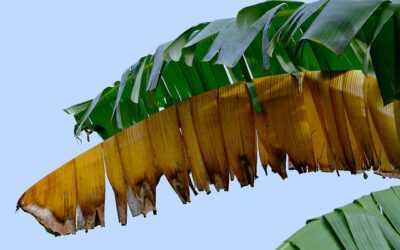

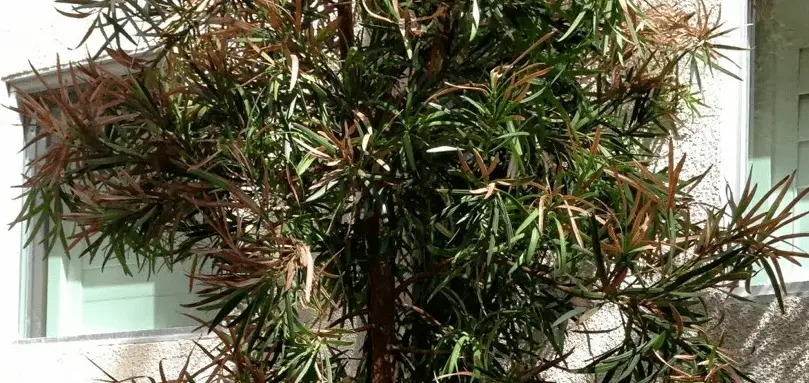
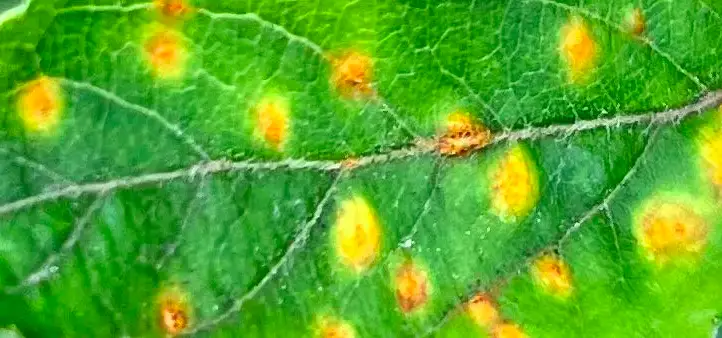
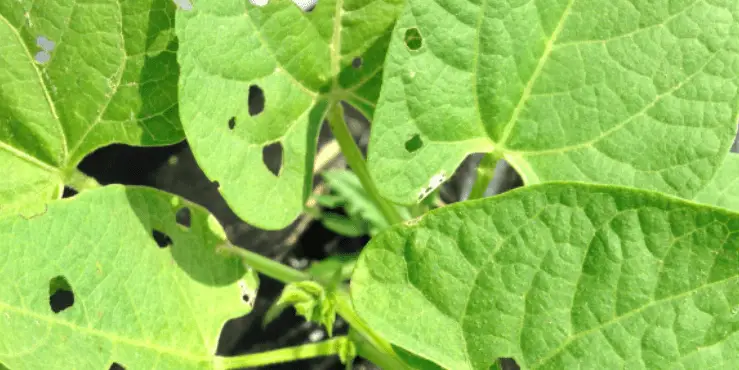
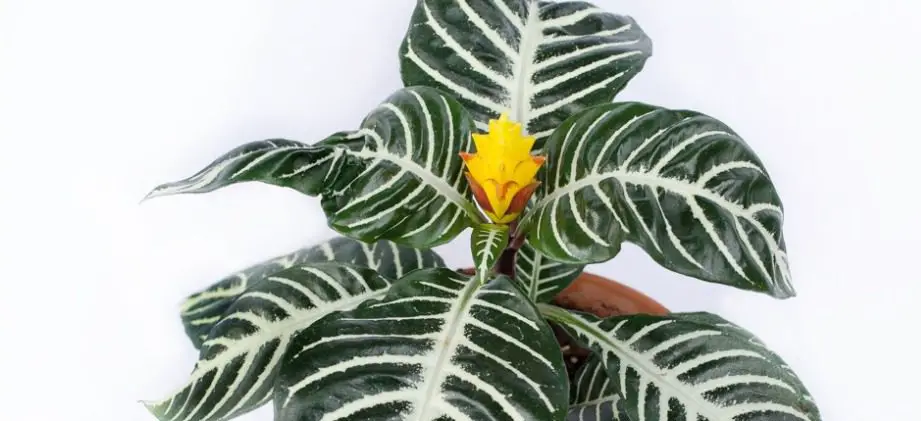

0 Comments